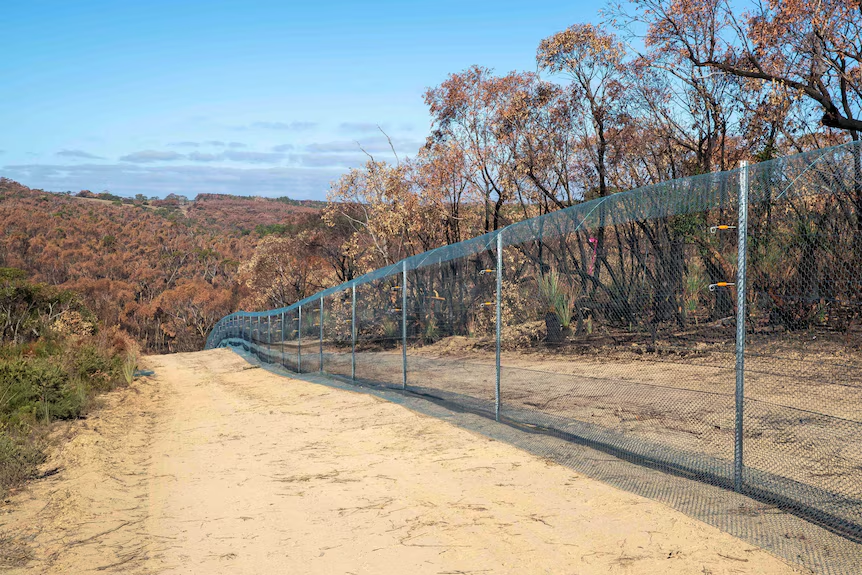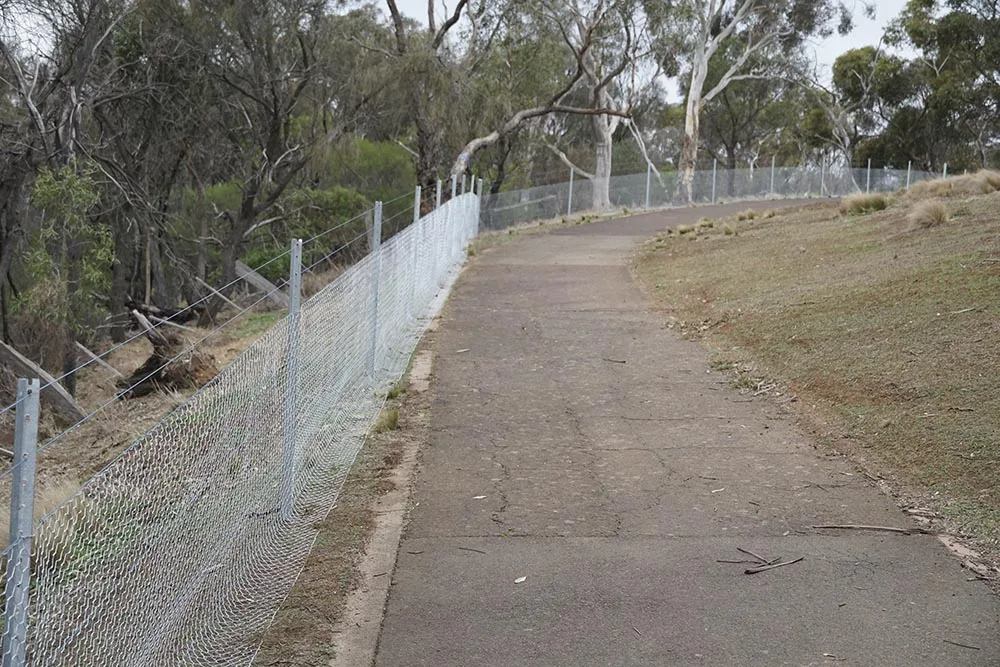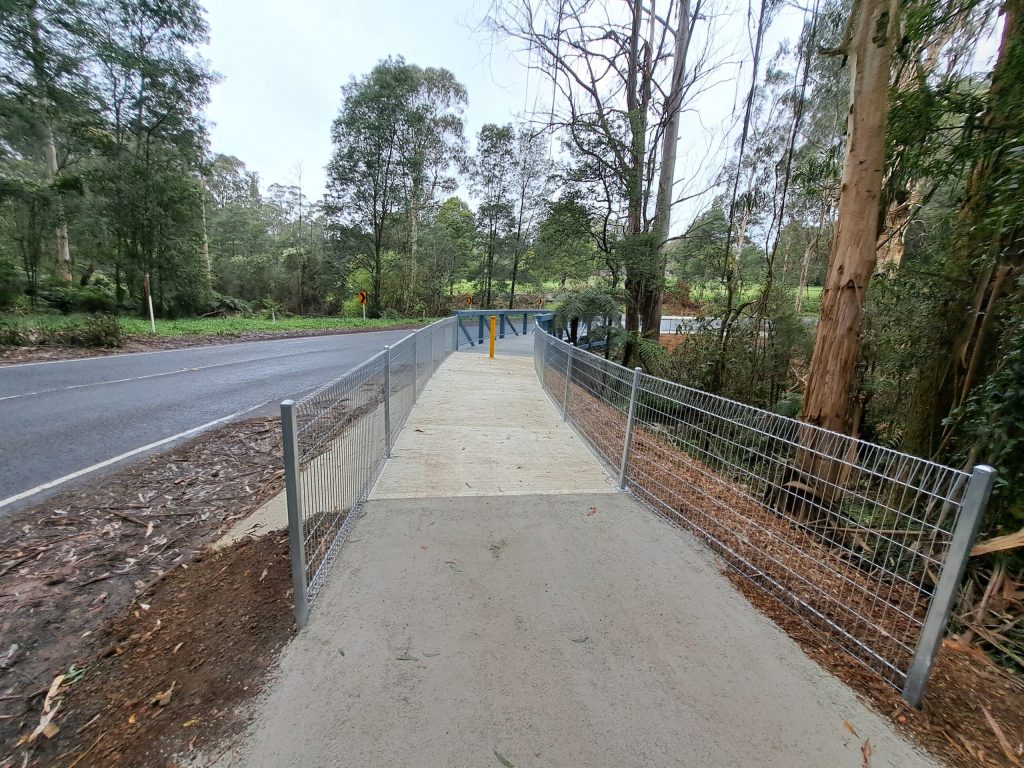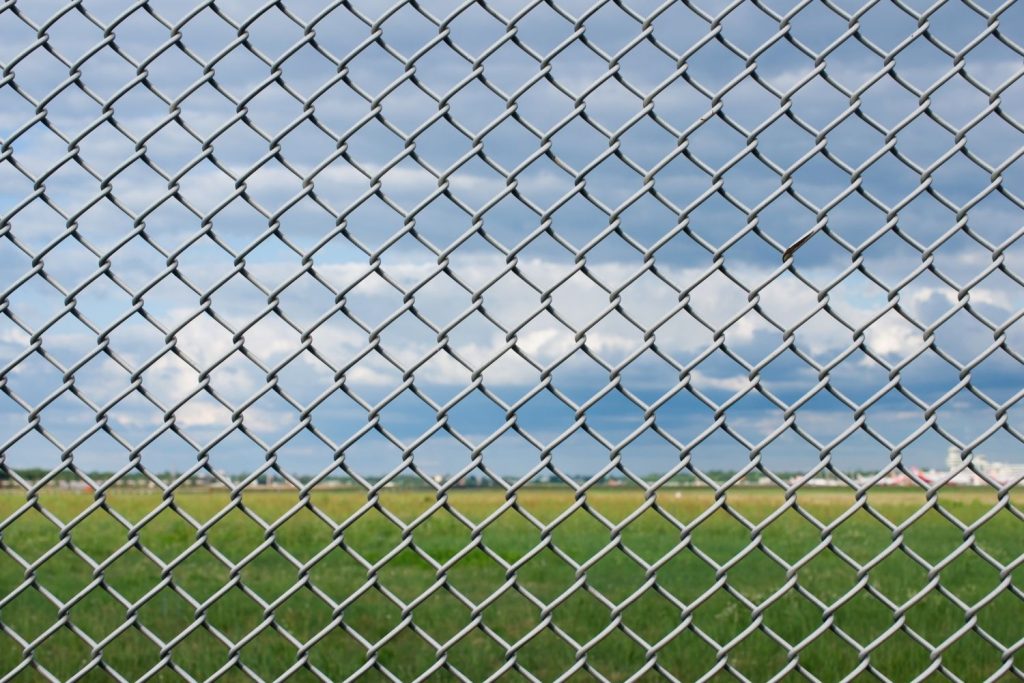Chainwire Fencing supplies and installs fencing systems for cycleways and shared paths across Newcastle NSW. These fences provide rider safety, traffic separation, and support public infrastructure projects involving walkways, bike trails, and recreational corridors.

Cycleway fencing serves to separate bike lanes and shared paths from traffic, terrain hazards, or restricted access zones. It’s used to guide cyclists, define movement space, and keep both riders and pedestrians safer on high-use public pathways.
Fencing also supports asset protection — preventing vehicles from entering cycle paths and reducing misuse of council-maintained bike infrastructure.
Chainwire Fencing installs fencing in areas such as:
Each site is assessed to ensure fencing meets safety requirements and integrates with the surrounding environment.
Fencing is chosen based on the location’s visibility needs, space constraints, and expected traffic. Common types include:
Used for basic boundary separation in open areas.
Provides increased strength where crowd control or access restriction is needed.
Used in council or park-managed spaces where airflow and visibility are priorities.
Installed where added protection is required near steep edges, bridges, or transport corridors.
All fencing complies with height and clearance rules for cycleways and is fitted with safety caps or top rails where required.

Fencing installed near cycle routes must:
We follow local council guidelines, RMS specifications, and shared pathway design standards to ensure all fencing complies with relevant transport and safety codes.

Cycleway fencing often runs along mixed terrain including slopes, creeks, and curbs. We adjust fence alignment and post depths to ensure stability in varied conditions such as:
Posts are either driven or concreted in place depending on soil conditions, site access, and the presence of underground services.

Where necessary, fencing can include gates or barrier panels to:
We also install visual deterrents such as top rail bracing, signage mounts, and angled mesh to protect infrastructure and reduce site interference.

All fencing is finished to match the use area. Standard finishes include:
Where fencing is placed in public-facing zones, we work with project designers to ensure alignment with aesthetic goals and low-maintenance outcomes.
Our team manages full installation including:
We provide traffic control or temporary fencing when required for works near roads or pedestrian areas.

We provide fencing maintenance for cycleway and shared-use areas including:
We also assist with site inspections if council or community feedback highlights safety concerns or required changes.
Standard installations are 1.2 to 1.8 metres depending on location. Higher fencing may be used near steep drop-offs or restricted zones.
Yes. Anti-climb mesh and angled supports can be added where needed.
Yes. Swing or sliding gates can be installed for service vehicles or maintenance staff.
Yes. We install along creeks, rivers, and foreshore trails with post setups suited to soft or shifting ground.
We install both permanent and semi-permanent fencing depending on the project. Temporary options are also available during construction.
Chainwire Fencing installs cycleway fencing for councils, civil contractors, and asset managers across Newcastle NSW. Whether for a new route or to upgrade existing infrastructure, we’ll deliver safe, clean fencing that integrates with the site and supports shared use.
Get in touch